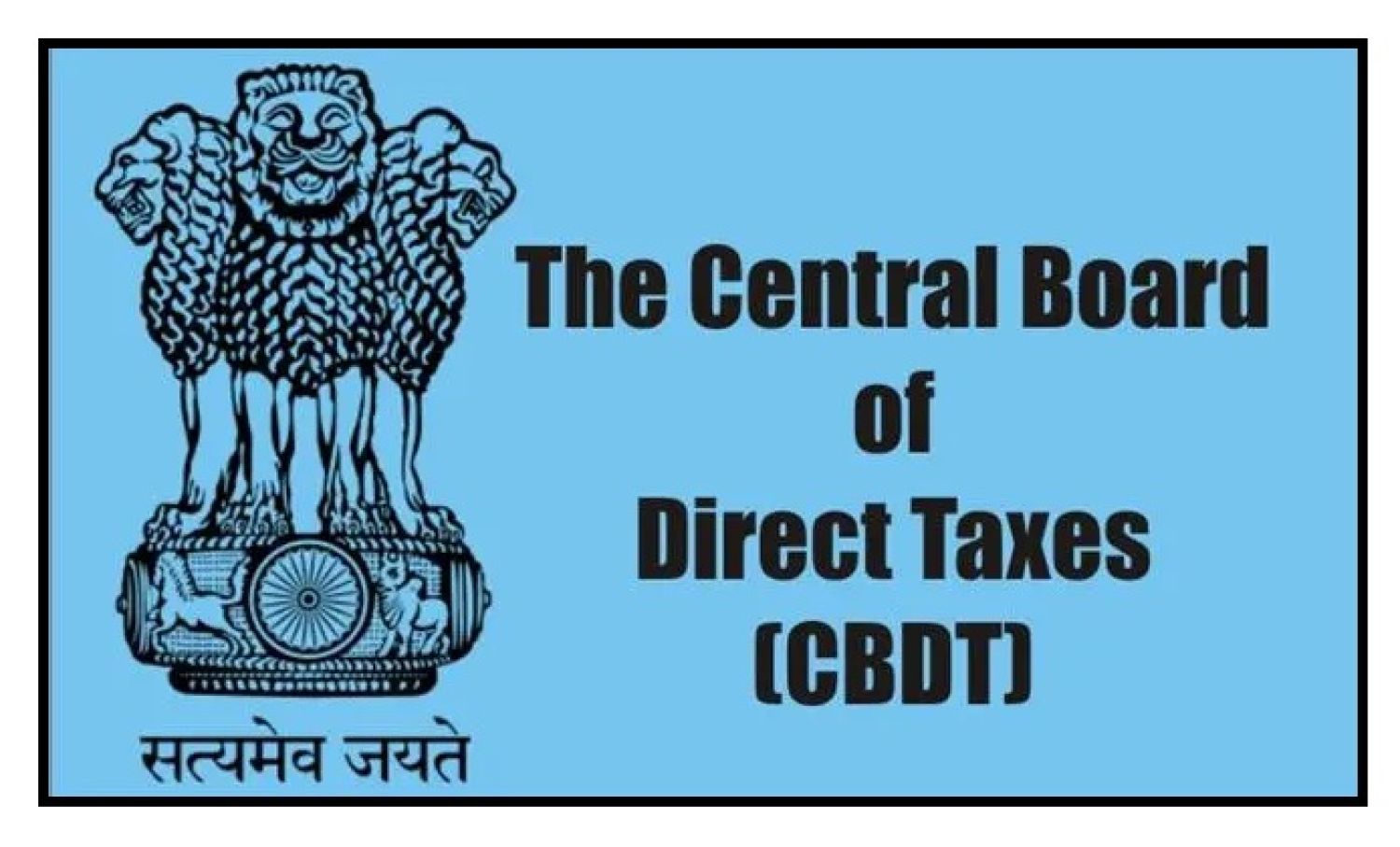Nirmaljit Kaur, J.@mdashThis is a petition u/s 482, Cr.P.C. for quashing of the complaint u/s 138 of the Negotiable Instruments Act (P1) as well as summoning order dated 20.4.2006 (P2) as also subsequent proceedings arising therefrom pending in the Court of Shri Sumit Ghai, learned Judicial Magistrate, Ist Class, Chandigarh. While praying for quashing of the complaint as well as summoning order, the only argument raised by the learned Counsel for the petitioner was that from the perusal of para 5 of the complaint, itself, it is apparent that the first cheque was dishonoured on 24.12.2005 and the second cheque was dishonoured on 28.12.2005 and the third cheque was dishonoured on 13.1.2006 and the fourth cheque was dishonoured on 20.1.2006. As per own admission of the respondent, legal notice was issued to the petitioner on 27.1.2006. From the admission of the respondent itself, it is apparently clear that the notice u/s 138 of the Act is totally defective because as per the provisions of Section 138(B) of the Act, the notice for dishonour of the cheque has to be given within 30 days from the receipt of information of dishonouring of the cheque. In the present case, as per the own averments and admission made by the respondent, the cheque in question was dishonoured on 24.12.2005 and the memo, of the Bank was also dated 24.12.2005, whereas, the legal notice has been issued on 27.1.2006 i.e. after a period of 30 days as envisaged u/s 138(B) of the Act. Once the legal notice is against the statutory provisions and is defective, the complaint filed by the respondent on the basis of the same is also defective and cannot be entertained by the learned Court. The learned Magistrate, while passing the summoning order, has failed to take into consideration that the complaint in the present case is time barred as the notice is defective and the same has been issued after the expiry of the period of 30 days, as provided under the Act. Thus, the entire proceedings are nothing but a sheer abuse of process of law, hence not sustainable and liable to be set aside. He relied on a judgment rendered by the Apex Court in the case of
2. On the other hand, learned Counsel for the respondent while vehemently opposing the same, submitted that the complaint was fully within limitation and notice was also issued within limitation as the petitioner is calculating the period of limitation from the 24.12.2005, whereas, the period of limitation has to be calculated from 28.12.2005 when the answering respondent received the intimation from their Bank and accordingly, legal notice dated 27.1.2006 was issued within 30 days as per the provisions of Negotiable Instrument Act.
3. Reliance is placed on the judgments rendered by the Apex Court in the cases of
Section 138 Dishonour of cheque for insufficiency, etc, of founds in the account.
xx xx xx xx
(b) The payee or the holder in due course of the cheque, as the case may be, makes a demand for the payment of the said amount of money by giving a notice in writing, to the drawer of the cheque, within thirty days of the receipt of information by him from the Bank regarding the return of the cheque as unpaid; and
xx xx xx xx
While calculating the said period, the period of one month i.e. 30 days for filing the complaint will have to be reckoned from the day immediately following the day, from the date of receipt of the information from the Bank that the cheque was dishonoured. Hon''ble the Supreme Court in the case of Saketh India Limited (supra), while interpreting the same and calculating the period for the purpose of limitation, concluded as under:
8. Hence, there is no reason for not adopting the rule enunciated in the aforesaid case which is consistently followed and which is adopted in the General Clauses Act and the Limitation Act. Ordinarily in computing the time, the rule observed is to exclude the first day and to include the last. Applying the said rule, the period of one month for filing the complaint will be reckoned from the day immediately following the day on which the period of 15 days from the date of the receipt of the notice by the drawer, expires. Period of 15 days, in the present case, expired on 14th October, 1995. So cause of action for filing complaint would arise from 15th October, 1995. That day (15th October) is to be excluded for counting the period of one month. Complaint is filed on 15th November, 1995. The result would be that the complaint filed on 15th November is within time.
It was similarly held by Hon''ble the Apex Court in the case of Jindal Steel and Power (supra) that the day on which cause of action accrued has to be excluded for reckoning the period of limitation. While applying the test in the present case, admittedly, Cheque No. 868781 and Cheque No. 868782 for Rs. 32 lacs each were dishonoured by the Bankers of the accused i.e. Punjab National Bank vide memo dated 24.12.2005 and the intimation regarding dishonouring of these two cheques were given to the answering respondent by their Banker i.e. Canara Bank, vide memo dated 28.12.2005. Thus, the date when the information received has to be excluded. The cause of action arose on 28.12.2005 when the information was received that the cheques have been dishonoured. The said date will have to be excluded while computing the period of limitation and limitation for counting will have to be calculated from 29.12.2005. Thus, the notice sent on 27.1.2006 is within limitation i.e. on the 30th days and not the 31st days. No other argument was raised. In view of the above, there is no merit in the present case.
Accordingly, the same is dismissed being devoid of merit.

